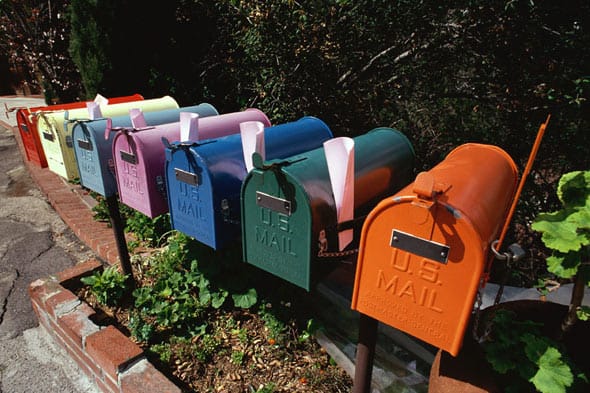Necessity is the mother of invention, and the need to provide a reliable identifier for mobile users has led to a revolution in identifying and tracking users across all devices.
We may not see the fruit of this revolution for a few years, but I predict that the depreciation of the cookie will continue.
Responding to the difficulty of identifying mobile users, Google’s Ad ID was created to allow advertisers to enable a persistent, anonymous consumer profile for mobile phone users. Another important innovation came in late September, when Google began allowing cross-device remarketing for signed-in users across Google Display Network and DoubleClick Bid Manager.
The cookie is too entrenched to disappear any time soon. But Google’s moves show that it is becoming less valuable to advertisers.
This is a very good thing because advertising based on the cookie uses probabilistic data, which is not that accurate. The probabilistic approach makes guesses based on patterns identified in the data. Add in the factors that cookies don’t fire in the mobile environment, and with mobile recently passing 50 percent of all digital usage in the US, I might argue that this approach is basically random.
The deterministic advantage
As TubeMogul’s Hartie Chang points out, deterministic data is based on the matching of two or more unique identifiers that are typically declared data. Because a consumer has provided this data voluntarily, its accuracy is much better.
Deterministic data is often focused around an email address provided as part of a subscription or login. As a mobile user, if I’m logged into Twitter or Facebook or one of the many Google apps, I am clearly – if anonymously – identified via my email address.
Email is becoming the universal unique identifier, and you should use it as such in your CRM. This means that you need to work harder to acquire email addresses in order to identify and reach your customers – and you need to do it in a legal, clean and effective way.
Email – more valuable than ever
We recently surveyed consumers and found that when faced with a popup or other content blockade that asks for an email address, almost six out of 10 potential customers provide an outdated or phony email address or leave the page.
If you port your database of emails into Google for an ad campaign and too many of them are broken, Google will downgrade your quality score. This will mean that you’ll end up spending more for ad campaigns. Also, because Gmail is the largest ISP and also partners with other ISPs, this will affect your deliverability and campaigns outside of Google as well.

On the other hand, a CRM full of good email addresses used as unique identifiers will not only increase your ad quality score, it also allows you to anonymously identify and reach your customers with advertising across devices.
Now, add in the value of improved attribution modeling. What if I could tell you that a customer’s propensity to open an email increased if he/she had seen an ad 30 minutes before? People aren’t very likely to click on ads, but getting them to open your emails is actually more valuable because email is a better delivery device for information and offers. How much is that worth to you?
Clean up the email act
In the short term, the desktop remains an important marketing channel, so advertisers are stuck with having to use two different ways of identifying consumers. However, I believe that the issues with ad viewability and fraud will continue to beat down the effectiveness and ROI of desktop marketing while driving up the ROI of permission-based email marketing.
Email is now king, but that makes it more important than ever to acquire emails the right way. Winning customer love in the form of a good email address is the holy grail for delivering marketing that consumers love.
This article was originally published on Chief Marketer.

